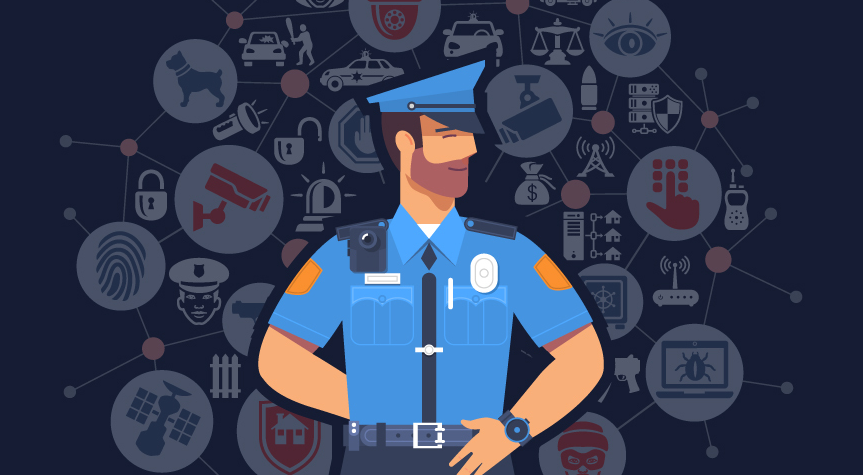Digital crimes don’t respect borders. A predator in one state can victimize children across the world with just a few clicks. This reality has forced law enforcement to rethink how agencies collaborate, leading to partnership models that were nearly unimaginable a decade ago.
The complexity starts with digital evidence. When crimes occur online, jurisdiction becomes blurred. Is it where the perpetrator lives, where the victim lives, or where the servers are located? Without cooperation, these cases stall. Implementing internet safety tips for families and communities works best when supported by coordinated agencies capable of responding across geographic boundaries.
Task forces have become key to solving jurisdictional issues. These multi-agency teams unite federal, state, and local investigators who share intelligence and resources to identify victims and arrest predators. The model works because no single agency has all the expertise needed for complex digital investigations.
Information sharing is both the greatest strength and biggest challenge of partnerships. Sharing intelligence about suspects or evidence patterns can link separate investigations. However, success depends on trust, compatible systems, and clear access protocols. Secure databases and encrypted communication tools now allow investigators to coordinate in real time, while cloud-based storage enables shared access to evidence without transferring files. These tools only work when agencies commit to consistent, accurate data practices.
Training partnerships are another force multiplier. Smaller departments often lack digital forensics or cryptocurrency expertise. By partnering with federal agencies or larger departments, they receive vital training and support. Programs offering professional development for law enforcement in emerging technologies strengthen the network by raising collective competency.
Private sector collaboration is equally essential. Social media companies, payment processors, and cloud providers hold critical evidence. Building relationships with these entities before emergencies ensures quick cooperation when time-sensitive cases arise. Companies respond faster to agencies they already trust.
Non-profit organizations play vital supporting roles. Child protection groups, victim advocates, and tech organizations bridge gaps between law enforcement and the community. Their flexibility allows them to pilot new methods and connect agencies that might otherwise work in silos.
Community policing principles still apply in the digital age. Agencies that host online safety workshops, maintain public tip lines, and build trust with vulnerable groups gain valuable insights. When citizens view police as allies, they’re more likely to report suspicious activity early—before crimes escalate.
International cooperation has become indispensable. Predators and traffickers operate across borders, relying on slow, fragmented responses. Partnerships built through Interpol, bilateral agreements, or informal networks allow faster coordination in cross-border investigations. Though these relationships take time to develop, they’re invaluable during urgent cases.
Partnerships also enable resource sharing. When major cases break, smaller agencies can access regional labs, digital forensics experts, and specialized teams they couldn’t otherwise afford. This mutual aid ensures investigations remain high-quality regardless of agency size.
Cultural change within law enforcement is vital. Historically, agencies operated independently and sometimes competitively. Today’s digital challenges require leaders who value collective outcomes over personal credit—celebrating shared victories and measuring success by cases solved, not individual statistics.
Victim-centered collaboration ensures that justice includes care. When police, advocates, and social workers coordinate, survivors receive immediate support without being retraumatized by repeated questioning. Seamless communication prevents victims from falling through procedural cracks.
Funding increasingly favors collaboration. Federal grants now prioritize multi-agency partnerships because isolated efforts have limited reach. Exploring grant opportunities for collaborative crime prevention initiatives helps sustain these networks, ensuring they endure despite local budget pressures.
Evolving technology presents constant challenges. Criminals quickly adopt new tools, encryption methods, and platforms. Effective partnerships require regular training, updated equipment, and adaptive strategies to stay ahead of threats.
Privacy and civil liberties must remain central. As agencies share more data and employ sophisticated investigative tools, strong oversight ensures constitutional rights are protected. Transparency and strict data-handling policies maintain public trust, showing that effective crime-fighting and civil liberty protection can coexist.
Success metrics for partnerships differ from traditional policing. Rather than tallying arrests by agency, collaborations focus on shared outcomes—networks dismantled, victims identified, and prevention successes achieved. This requires updated reporting systems that recognize joint contributions.
Looking ahead, artificial intelligence and machine learning will transform collaboration further. AI can detect criminal patterns across massive datasets from multiple agencies—if those agencies share data. The next generation of partnerships will merge human cooperation with technological integration.
The digital era hasn’t just changed how crimes are committed—it has redefined effective law enforcement. Agencies that embrace partnerships, invest in relationships, and prioritize collective success are leading the way in protecting communities. The question isn’t whether partnerships are needed to fight digital crime—it’s whether agencies are ready to build the ones that truly work.
